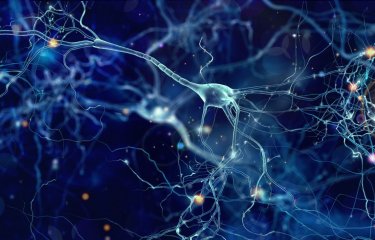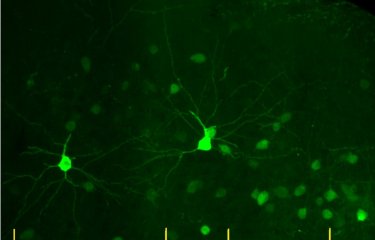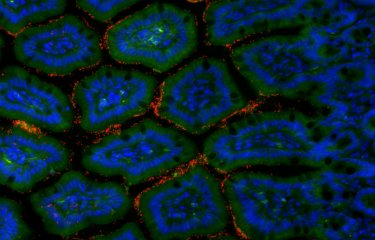The brain contains stem cells that are kept in a dormant state. Under certain conditions, these cells can activate, divide and self-renew or produce new functional neurons. Using an imaging technique, scientists at the Institut Pasteur have identified cellular parameters that can predict fate determination.
The brain is a complex organ with a surprising ability to adapt. The plasticity of synapses in particular allows neuron assemblies to modulate their functions. What's more, the adult brain contains a population of stem cells that can be activated and divide to self-renew or produce new neurons to enhance brain circuits. But what are the conditions and mechanisms involved in this fate determination?
Two parameters predict stem cell fate determination
In their study published on September 1, 2023 in the journal Science Advances, scientists identified two parameters that predict neural stem cell behavior. First, they demonstrated that determining whether a stem cell self-renews or produces a neuron can be predicted by the presence or absence of a protein called DeltaA. They also established that the probability of these neural stem cells being activated depended on the size of their membrane surface in contact with the cerebral ventricle.
To reach these conclusions, the scientists used an animal model – the zebrafish – which provides unique access to adult neural stem cells in situ.
Studying stem cells in real time using intravital imaging
Studying the natural behavior of neural stem cells requires access to their cerebral niche without causing lesions or inflammation. To do this, the scientists used an “intravital” imaging method to film neural stem cells in the brain of adult fish in a non-invasive manner. "We used two-photon microscopy to film stem cells through the skin and skull of a sleeping fish without damaging tissue. This enabled us to monitor and analyze the behavior of close to 1,000 stem cells for almost 60 days," explains Nicolas Dray, corresponding co-author of the study.
Controlling neural stem cell fate
Neural stem cells now hold out hopes of a therapy for regenerating neurons in patients with brain lesions or degeneration. Faulty regulation of neural stem cells can also cause certain cancers. The results of this study could one day help us better manage these cells and their fate determination in vivo, raising hope for future treatments.
This study was supported by the Revive LabEx and conducted in collaboration with the teams of Y. Bellaiche (Institut Curie), E. Beaurepaire (Ecole Polytechnique), F. Cheysson (Université Gustave Eiffel), C. Baroud (Institut Pasteur) and J-Y. Tinevez (Institut Pasteur).
This study comes under the Brain Connectivity and Neurodegenerative Diseases priority scientific area as part of the Institut Pasteur's 2019-2023 Strategic Plan.
About the intravital two-photon imaging technique:
Among the optical techniques used to study living organisms, two-photon excitation fluorescence microscopy provides 3D imaging deep inside biological tissues.
Source :
Apical size and deltaA expression predict adult neural stem cell decisions along lineage progression, Science Advances, September 1, 2023






